Analysis of ENT Diagnostic Imaging - ENT Imaging Insights
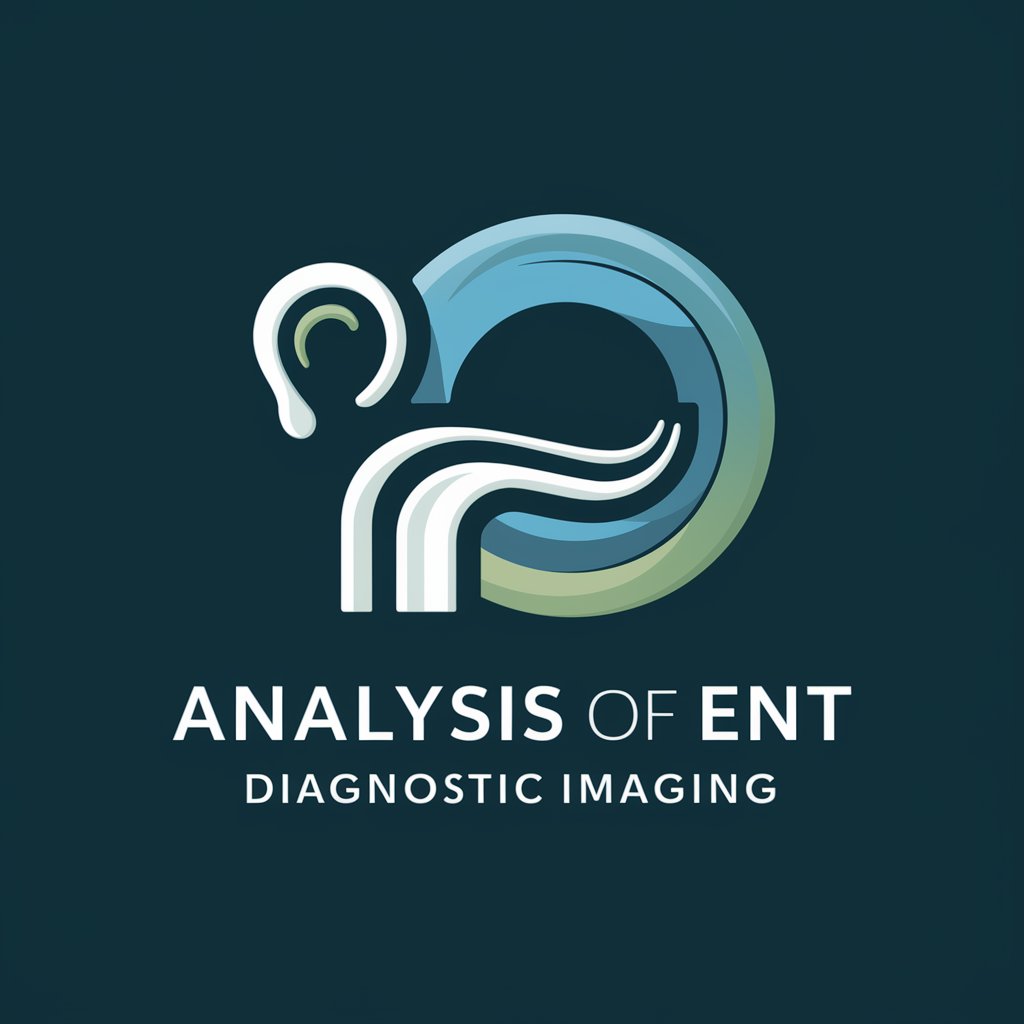
Welcome to ENT Diagnostic Imaging Analysis. How can I assist with your imaging today?
Empowering ENT Diagnostics with AI
Analyze the provided CT scan of the nasal cavity and identify any abnormalities.
Review this MRI scan of the inner ear and highlight areas of concern.
Examine the ultrasound image of the throat and provide a detailed description of any findings.
Interpret this CT scan of the sinuses and suggest potential areas for further investigation.
Get Embed Code
Overview of Analysis of ENT Diagnostic Imaging
The Analysis of ENT Diagnostic Imaging is designed as a supportive tool for interpreting diagnostic images related to Ear, Nose, and Throat (ENT) conditions. It leverages advanced analytical capabilities to examine and provide insights into various types of diagnostic images, such as CT scans, MRIs, and ultrasounds, focusing on ENT-related anomalies. The purpose is to aid in the preliminary analysis, identifying potential areas of concern, and enhancing the understanding of the diagnostic images. For example, when presented with a CT scan of the sinus, this tool can highlight features indicative of sinusitis, such as mucosal thickening or air-fluid levels. It aims to assist healthcare professionals in making more informed decisions by offering detailed descriptions and pointing out specific areas that warrant closer examination, without making definitive diagnoses. Powered by ChatGPT-4o。

Core Functions and Real-World Applications
Image Description and Analysis
Example
Interpreting an MRI of the inner ear to identify signs of vestibular schwannoma.
Scenario
A radiologist uploads an MRI scan of a patient complaining of hearing loss and balance issues. The tool provides a detailed analysis, highlighting regions that may indicate the presence of a vestibular schwannoma, such as irregularities in the internal auditory canal or changes in the cochlear nerve, thus aiding in the initial assessment.
Highlighting Areas of Concern
Example
Pointing out mucosal thickening in a sinus CT scan, which could suggest sinusitis.
Scenario
An ENT specialist examines a CT scan of a patient with chronic nasal congestion and facial pain. The tool assists by identifying and describing areas of mucosal thickening and potential sinus obstruction, helping the specialist to focus on relevant findings for further clinical evaluation.
Assisting in Educational Settings
Example
Using ultrasound images of the thyroid to teach medical students about differentiating benign from malignant nodules.
Scenario
In an academic setting, educators use the tool to analyze ultrasound images of the thyroid gland with medical students. It provides detailed characteristics of nodules, such as echogenicity, margins, and presence of calcifications, to enhance the students' ability to distinguish between benign and potentially malignant thyroid nodules.
Target User Groups
Healthcare Professionals
Radiologists, ENT specialists, and other medical professionals involved in diagnosing and treating ENT conditions. They benefit from detailed, analytical insights into diagnostic images, aiding in the preliminary assessment and decision-making process.
Medical Educators and Students
Academic professionals and students in medical fields who seek to enhance their understanding and interpretation of ENT diagnostic imaging. This tool serves as an educational resource, providing detailed analyses that support learning and teaching.
Research Scientists
Researchers focusing on ENT disorders who require in-depth analysis of diagnostic images for their studies. The tool can assist in identifying patterns, anomalies, and specific features relevant to their research, contributing to advancements in the field.

Guide to Using Analysis of ENT Diagnostic Imaging
Begin Your Journey
Initiate your exploration by heading to yeschat.ai, where a no-cost trial awaits, liberating you from the need for logins and the necessity of a ChatGPT Plus subscription.
Upload Images
Provide diagnostic images such as CT scans, MRIs, or ultrasounds related to ENT concerns. Ensure images are clear and of high resolution for precise analysis.
Specify Concerns
Detail your specific areas of interest or concerns within the provided images. This enables focused analysis and more tailored insights.
Review Analysis
Receive an in-depth analysis highlighting key findings, potential areas of concern, and noteworthy observations based on the uploaded images.
Consult Professionals
Use the analysis as a preliminary guide. Always consult with a medical professional for a definitive diagnosis and personalized treatment plan.
Try other advanced and practical GPTs
Neuromorphic Holographic Imaging
Capture the unseen, in real time.
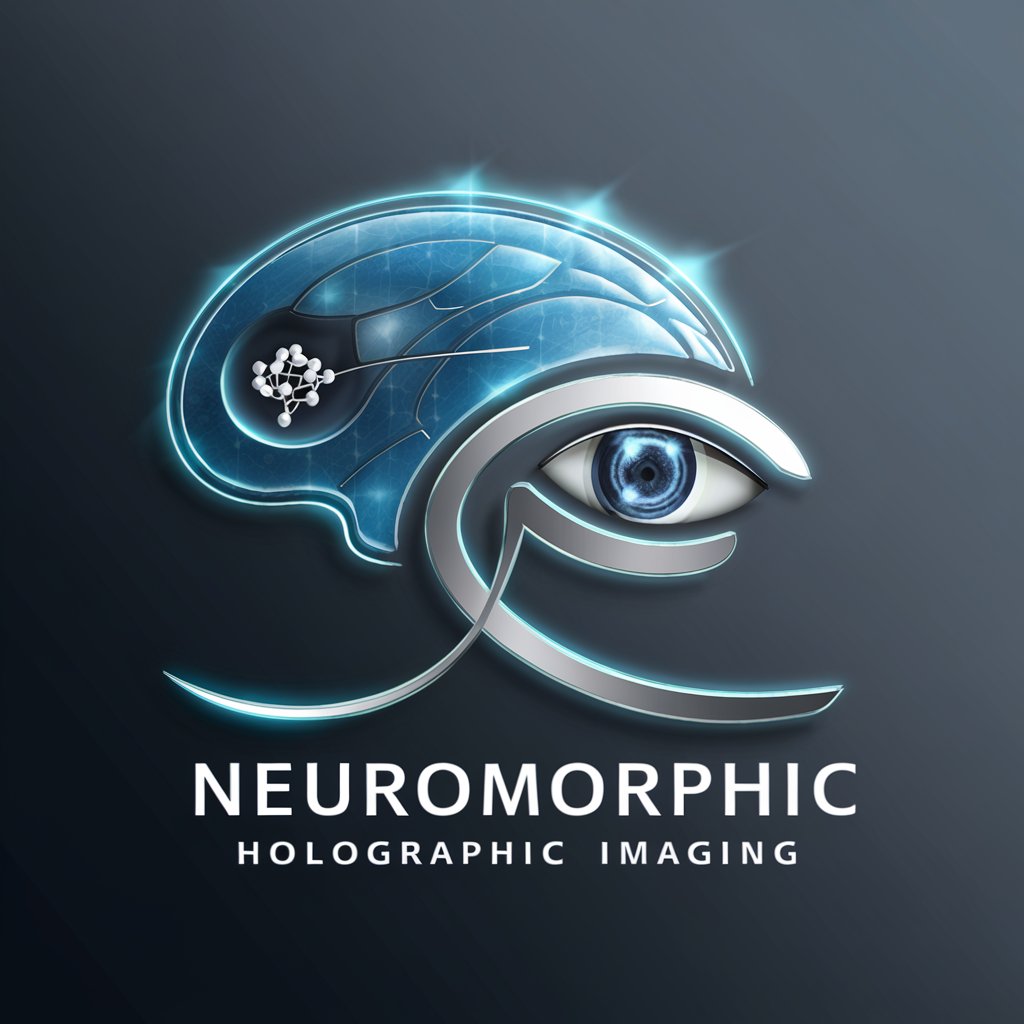
Diagnostic imaging
Transforming Text into Medical Insights

Digital Imaging
Unleash creativity with AI-powered digital imaging
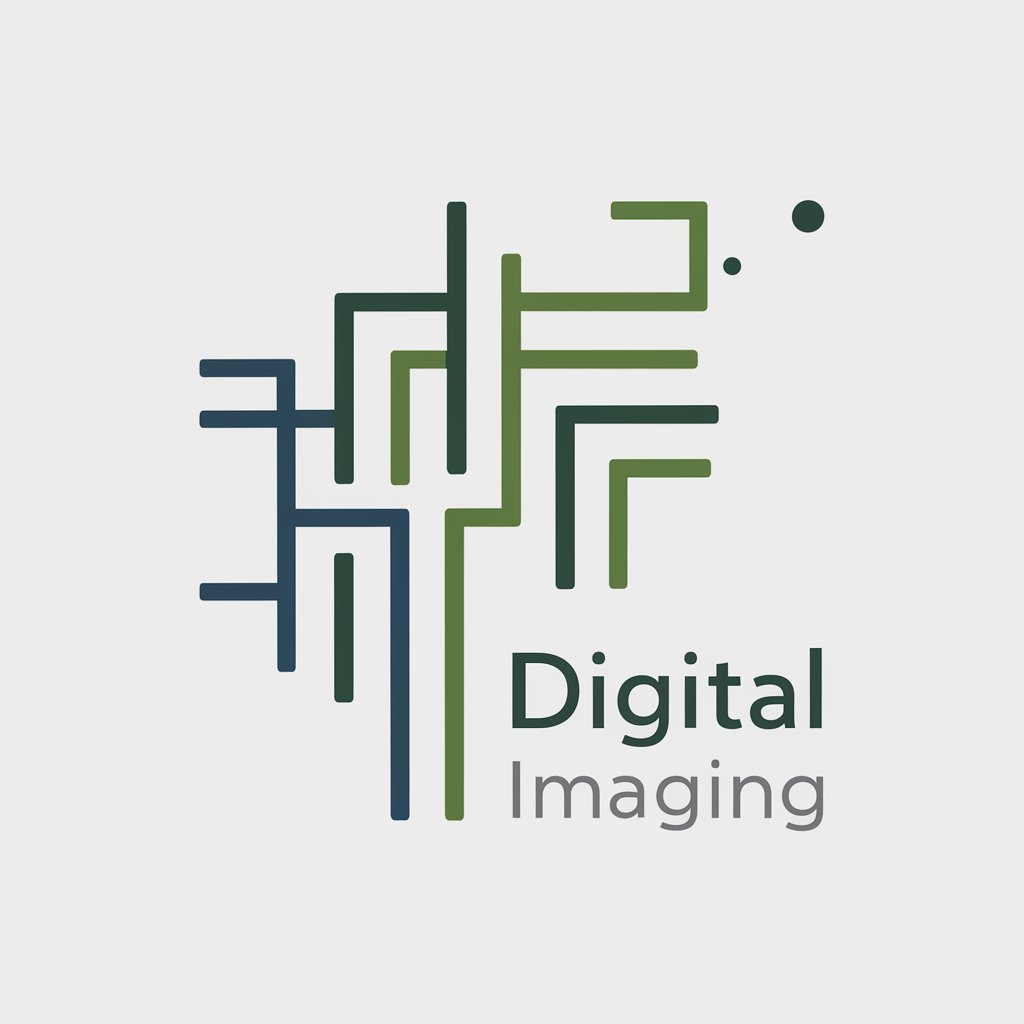
Architects Toolbox- Conceptual Design Imaging
Visualize architecture with AI-powered imagery.

Nanoscale Imaging Analysis
Unveiling the Microscopic, Powering Discovery
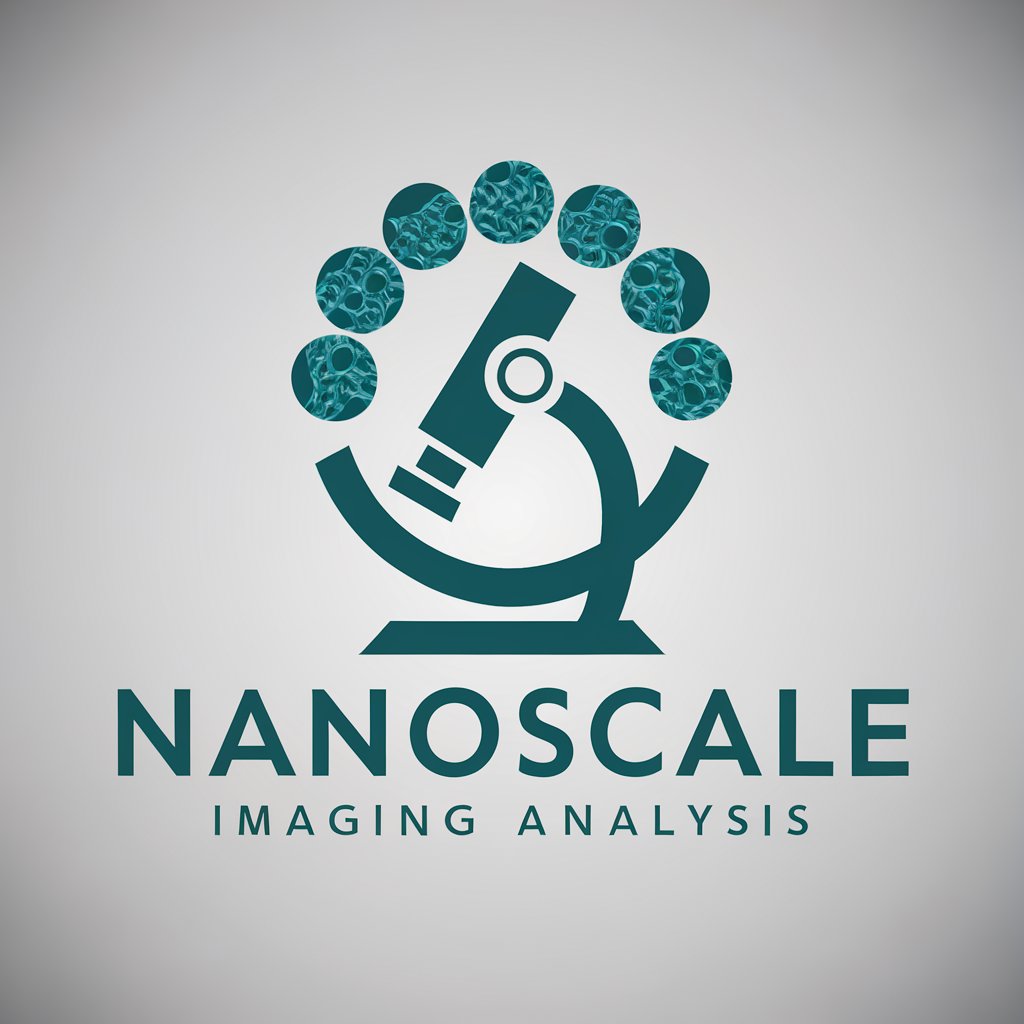
Resolute Firefighter
Empowering fire safety with AI-driven advice.

Imaging Insight
Transforming medical image analysis with AI
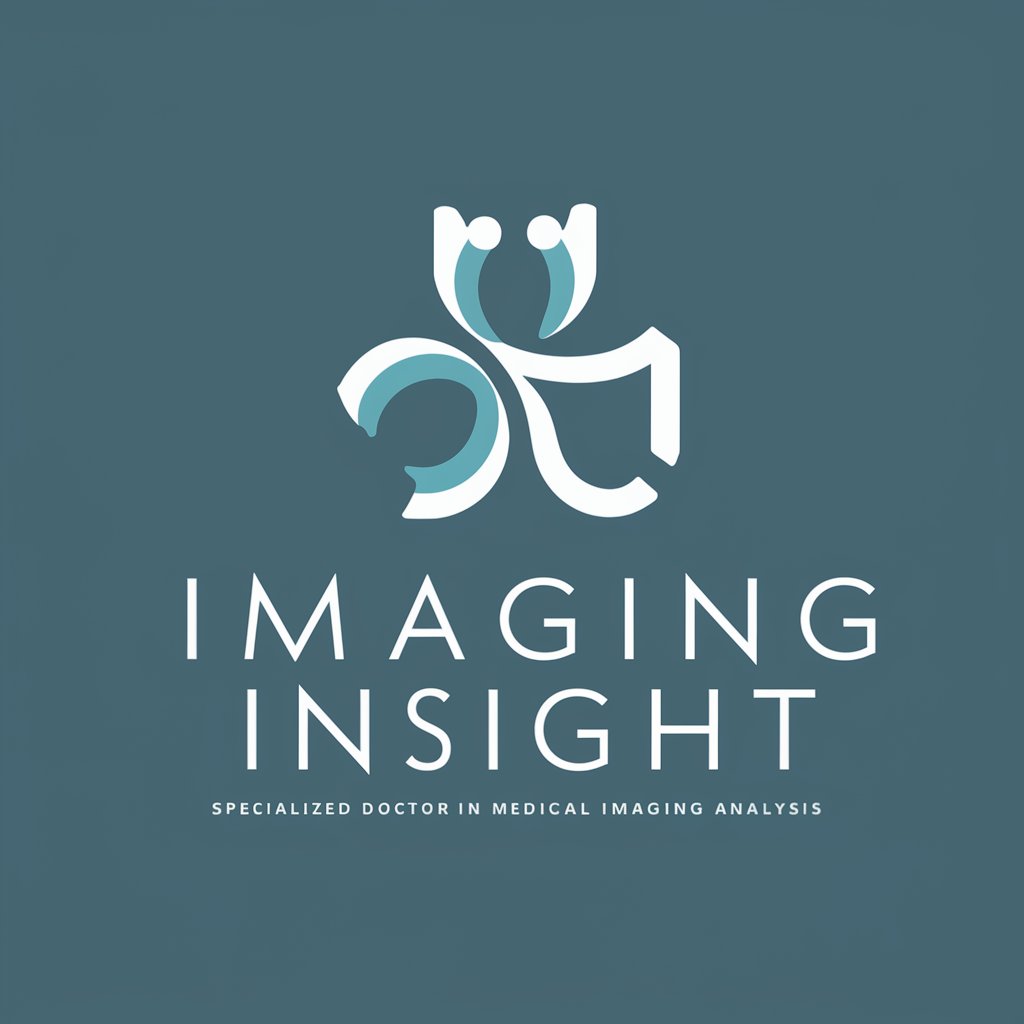
PokéMaster
Craft Your Pokémon Legacy

Poké Carte Expert
Elevate your Pokémon card game with AI-powered insights.

Estimation PokeValue
AI-driven Pokémon card pricing at your fingertips.
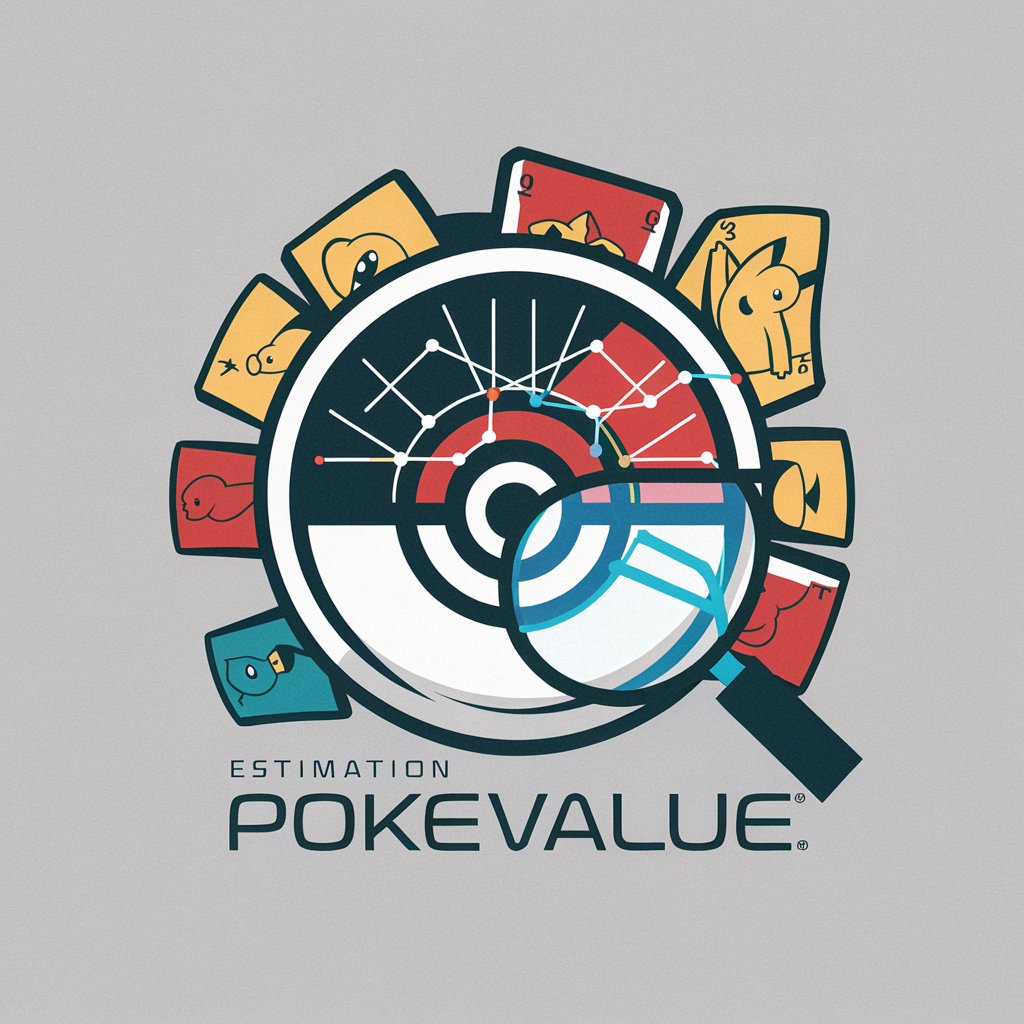
Lorcana TCG Guru
Master Lorcana TCG with AI-powered insights.

Genio dos Encartes de Supermercado
Empowering supermarket promotions with AI.

FAQs on Analysis of ENT Diagnostic Imaging
What types of images can I upload for analysis?
The tool accepts high-resolution diagnostic images pertinent to ENT issues, including CT scans, MRIs, and ultrasounds. Ensure images are clear for accurate analysis.
How does the tool aid in identifying ENT conditions?
By applying AI-powered image recognition, the tool scrutinizes uploaded images, highlighting areas of interest, potential abnormalities, and providing insights based on ENT-specific medical knowledge.
Can Analysis of ENT Diagnostic Imaging replace a doctor's diagnosis?
No, the tool serves as a supportive instrument offering preliminary analysis. It's crucial to consult a healthcare professional for an official diagnosis and treatment plan.
Is it suitable for educational purposes?
Absolutely, the tool is a valuable resource for medical students and professionals seeking to enhance their understanding of ENT diagnostic imaging through AI-driven analysis.
How can I ensure the best results from the tool?
For optimal results, provide high-quality images and specify your concerns clearly. This enables the tool to focus its analysis and provide more relevant insights.
